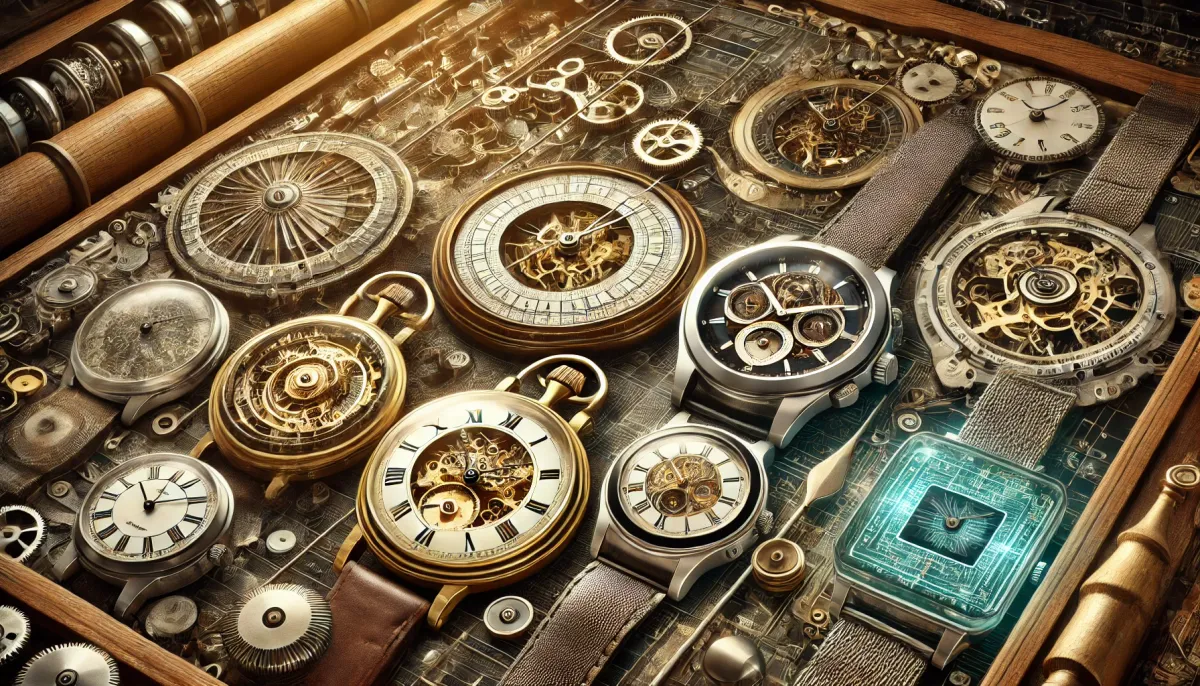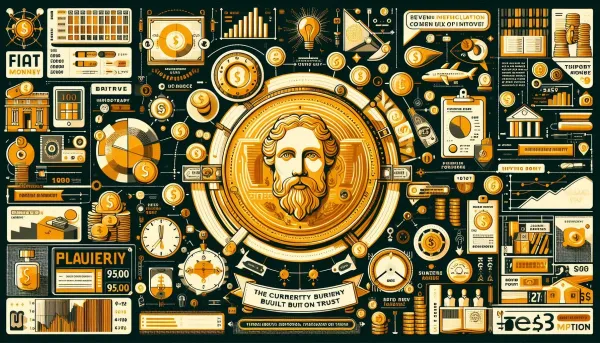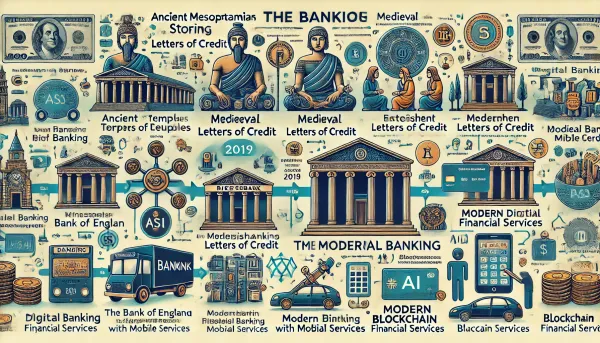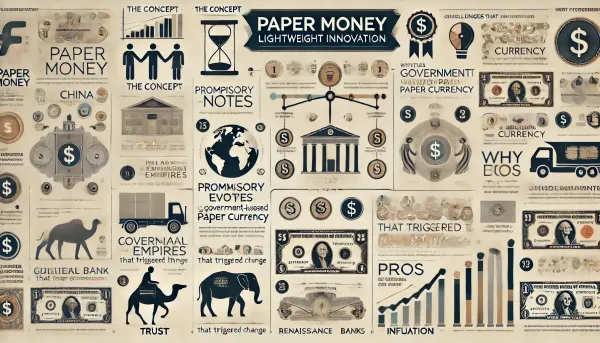The Timeless Evolution of Watches: A Marvel of Human Ingenuity
Explore the fascinating evolution of watches, from ancient timekeeping methods to modern smartwatches. Discover the engineering marvels, cultural significance, and technological breakthroughs that have shaped these iconic timepieces, symbolizing precision, innovation, and human ingenuity.

Watches have always been more than tools for telling time—they’re cultural icons, engineering marvels, and expressions of personal style. From rudimentary time-tracking devices like sundials to the smartwatches of today, the story of watches is a captivating saga of human ambition, creativity, and technological brilliance. Every tick tells a tale, every tock echoes history.
1. Ancient Origins: The Quest to Measure Time
In ancient times, humans sought to measure time by observing nature. Around 1500 BCE, the sundial emerged in Egypt, using the shadow of the sun to mark the hours. Picture a bustling marketplace where merchants tracked their business with sundials—a tool both pragmatic and symbolic of order in chaotic times.
As night fell, the water clock, or clepsydra, took over. A simple device that dripped water from one vessel to another, it allowed the ancients to measure time even in the dark. These innovations were not just functional—they were deeply philosophical, reflecting humanity's desire to grasp the fleeting nature of existence.
2. The Mechanical Revolution: Time Goes Portable
The journey from ancient timekeeping devices to portable watches was slow but revolutionary. The 14th century brought mechanical clocks, massive machines powered by weights and gears. These were landmarks of engineering, often seen in town halls and cathedrals. Imagine the awe of a medieval villager hearing the rhythmic chime of a church clock for the first time.
But portability was the dream. Enter the 16th century, when the mainspring was invented. This small, coiled spring transformed large, stationary clocks into pocket-sized timepieces. By the 17th century, wealthy elites flaunted pocket watches as symbols of power and sophistication.
The leap in accuracy came in 1675, when Christiaan Huygens introduced the balance spring. Suddenly, watches weren’t just portable—they were reliable. These developments laid the foundation for the intricate mechanisms we see today.
3. The Tourbillon and the Rise of Precision
The 18th century was the golden age of horology. Abraham-Louis Breguet, a watchmaking genius, created the tourbillon in 1795 to counteract the effects of gravity on pocket watches. Imagine holding a watch that, despite the pull of gravity, ticked flawlessly—a true masterpiece of engineering.
Breguet's work elevated watches from functional tools to works of art. His creations are still revered, with collectors willing to pay millions for a glimpse of his legacy.
4. Wristwatches: Born on the Battlefield
Wristwatches, now ubiquitous, owe their popularity to the practical demands of war. During World War I, soldiers found pocket watches cumbersome. They began strapping them to their wrists, giving rise to the modern wristwatch.
The commercial wristwatch boom followed. In 1926, Rolex launched the Oyster, the world’s first waterproof wristwatch, setting a new benchmark for durability and functionality. Picture adventurers diving into uncharted waters, their Rolex Oysters defying the depths. The brand's slogan, "It does not break, it does not leak, it does not let dust in," became legendary.
5. The Quartz Revolution: Time for a Change
The late 20th century brought a seismic shift in watchmaking. In 1969, Seiko released the Astron, the first quartz wristwatch. Quartz watches were more accurate, affordable, and easier to produce than their mechanical counterparts, disrupting the Swiss watch industry.
Brands like Casio and Timex rose to prominence, offering digital watches with innovative features like alarms and LED displays. Swiss watchmakers initially struggled, but instead of conceding defeat, they doubled down on the luxury market. This pivot ensured the survival of icons like Omega and Patek Philippe.
6. Smartwatches: A Technological Leap
Fast-forward to today, and the watch on your wrist might do more than just tell time. Smartwatches like the Apple Watch combine traditional horology with modern technology, offering health tracking, notifications, and seamless integration with smartphones.
But the smartwatch isn’t just about features—it represents a new era in timekeeping. It’s a wearable computer, a fitness tracker, and a personal assistant all rolled into one. Yet, despite this modernity, its roots remain tied to centuries-old craftsmanship.
7. Engineering Marvels Behind the Scenes
The evolution of watches is also the story of countless engineering feats. Consider the escapement mechanism, which regulates the energy flow in a watch. Invented in the 18th century, it remains a cornerstone of mechanical watchmaking.
The perpetual calendar complication, which can account for leap years, showcases the artistry of brands like IWC and Audemars Piguet. Meanwhile, the Spring Drive movement, pioneered by Seiko, blends quartz accuracy with mechanical charm—a true hybrid of old and new.
8. Watches as Cultural Icons
From the James Bond Omega Seamaster to the Casio G-Shock, watches are cultural touchstones. They symbolize elegance, resilience, and innovation. Some watches, like the Rolex Submariner, have transcended their purpose, becoming heirlooms passed through generations.
Even pop culture celebrates watches. Think of the Hamilton Khaki Field in Interstellar or the TAG Heuer Monaco in Le Mans. Each watch tells a story, both on-screen and off.
9. The Future of Watches: Tradition Meets Technology
As we look ahead, the watch industry is poised for a thrilling blend of tradition and innovation. Sustainable watchmaking, using recycled materials, is gaining traction. Meanwhile, luxury brands are integrating augmented reality and blockchain for authentication.
What’s clear is that the essence of watches—precision, beauty, and storytelling—will remain unchanged. The future might bring watches that can project holograms or track even more granular health data, but they will always be reflections of our humanity.
Why Watches Matter
At their core, watches aren’t just about time—they’re about legacy. They connect us to the past, marking milestones and memories. Whether it’s a sundial on an ancient Egyptian plaza, a Rolex Oyster on an adventurer’s wrist, or a smartwatch guiding your workout, every watch carries a story.
As we continue to innovate, the humble watch reminds us of one simple truth: time is precious, and how we measure it matters.





